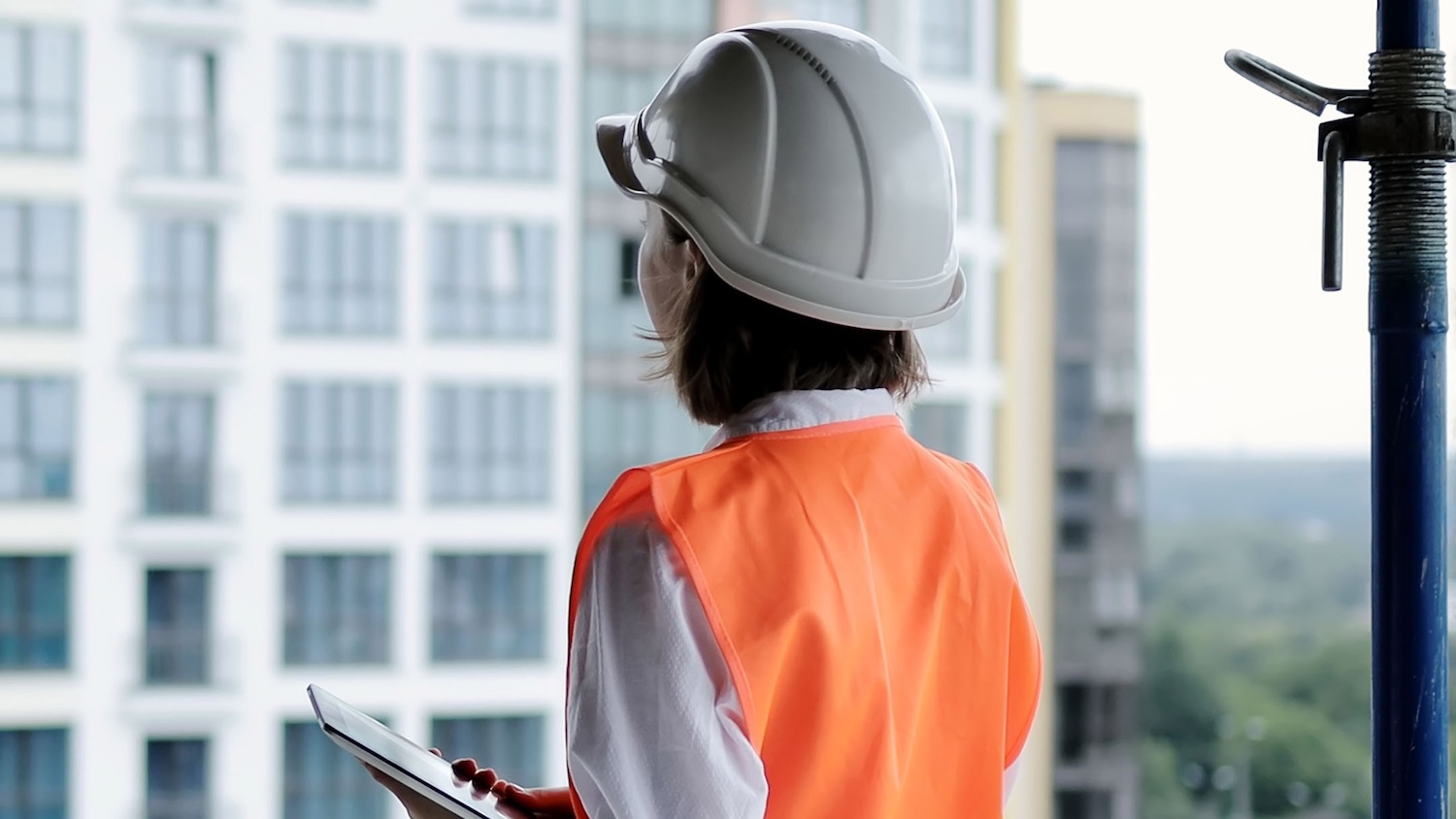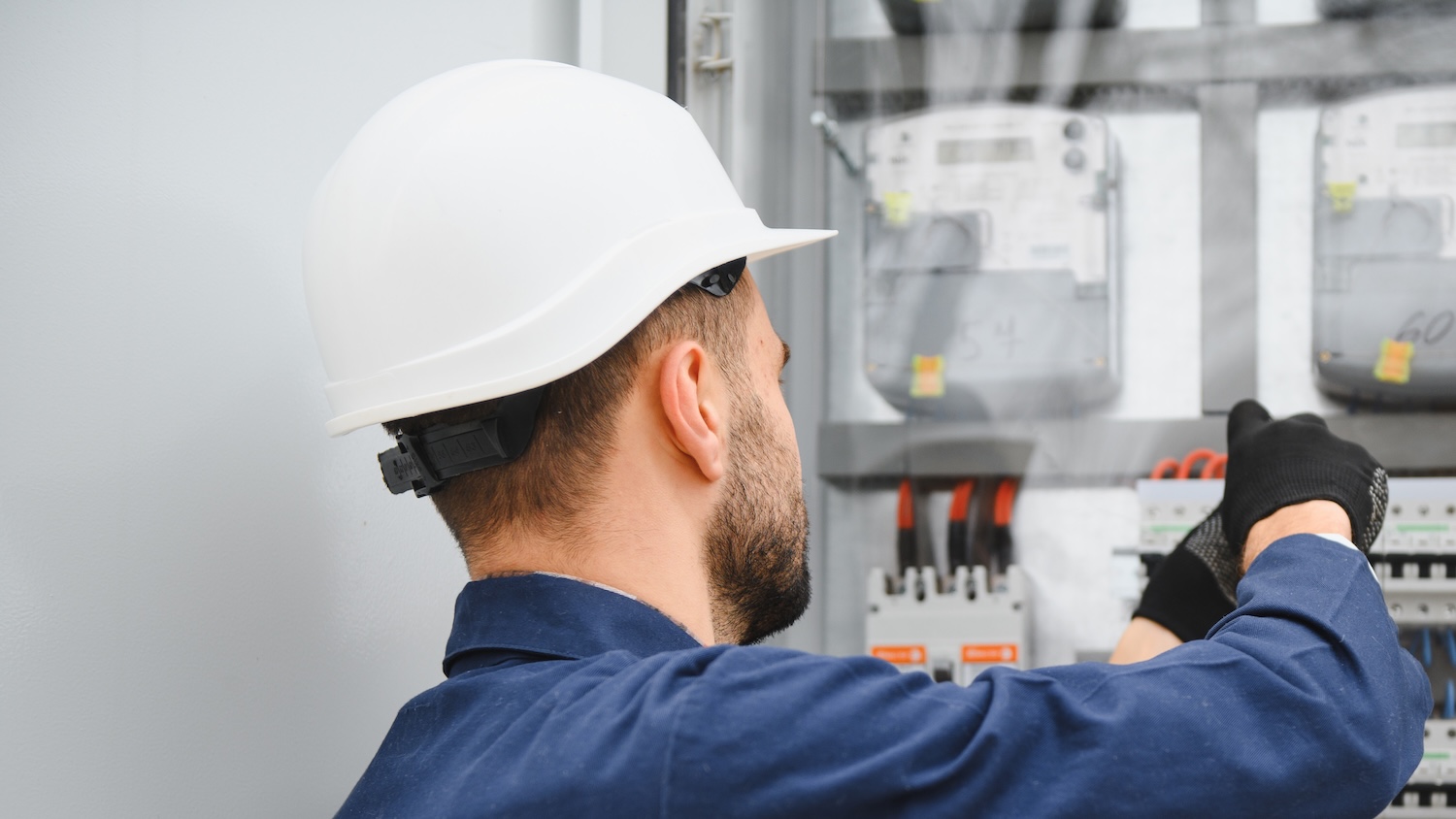
How to tackle tinnitus on construction sites
Tinnitus is a serious condition affecting many in the construction industry, including Kingsley Clarke. Here he explains how to take preventive measures
Tinnitus affects around seven million people in the UK, with exposure to excessive or long-term noise both identified as major causes. It is an issue that contractors take very seriously, ensuring safe practices and providing appropriate safety equipment as part of looking after their workforce.
It is also a personal issue for me as a tinnitus sufferer. A previous career as a commercial pilot was halted for not passing a medical largely due to my tinnitus, so I know first-hand how it can affect you in your everyday life.
Contractors on our Southern Construction Framework have been sharing ideas at a health and safety forum on how they are keeping operatives safe from damage to hearing. Here are two initiatives from one of our contractor partners, Willmott Dixon.
Automatic traffic light system
Steve George, regional head of safety, health and environment (north), told us: “A partner of ours started to employ equipment that warns people in the vicinity of excessive noise levels, and, as these can be intermittent, they employed the use of an automatic traffic light system, which is starting to be used more widely in the industry.
“This runs between green (below 80 decibels) to amber (between 80 and 85dB, where hearing protection is recommended) to red (above 85dB, where hearing protection is needed). The system informs people of their current levels and they are able to see at a glance if they need to put their hearing protection on.”
Hearing protection
Michelle Gonnella, senior health, safety and environmental manager (south), explained how Willmott Dixon is consistently looking at new products on the market to help support the operatives carrying out noisy works.
“Where possible we look to eliminate the tasks that cause noisy works, but at times this is not always a practicable control measure,” she said. “Despite thorough training, we also see hearing protection and PPE often not being worn correctly or at all. This could be because it’s not suitable for the task, can be uncomfortable or incorrectly maintained.
“One solution that we’re currently trialling at one of our recladding projects is the Minuendo Smart Alert, which has continuous real-time monitoring of noise levels. When over-exposed, the alarm will sound and flash green, alerting the operative to insert their earpieces. Operatives can slip it around the neck when not being used, preventing them being dropped or misplaced.
“This clever technology can provide us with real-time, personalised reports of noise exposure accessed via an app. It can send out alerts to safety or building managers when certain operatives are being continuously exposed to noisy environments.”
Kingsley Clarke is operations lead at Southern Construction Framework.
This article was originally published in Construction Management.






